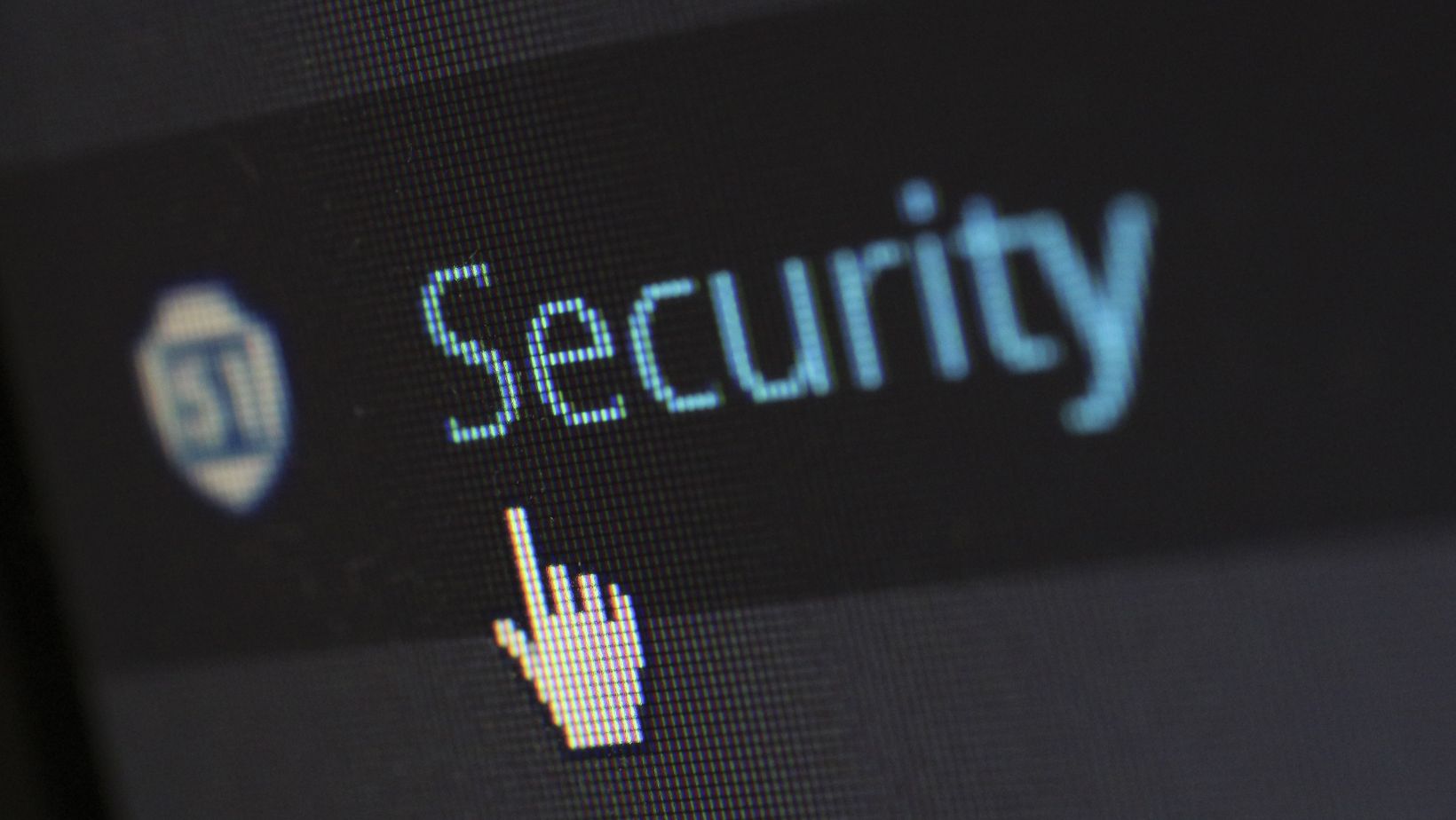
As the security and confidentiality of information remain a top priority for the Department of Defense (DoD), the question of which method may be used to transmit confidential materials to DoD agencies is becoming increasingly relevant. The DoD uses various safeguards to protect sensitive information, including encryption, secure communications channels, and security clearance requirements.
One method that may be used to transmit confidential materials to DoD agencies is through secure file transfer services. These services use advanced encryption technologies to protect the data as it is being sent, with many offering additional authentication and access control features to enhance security further. However, it is important to carefully evaluate any file transfer service’s security features and certifications before using it to transmit confidential materials.
Another option is to use the DoD’s secure communication channels, such as the Defense Information System for Security (DISS) or the Joint Worldwide Intelligence Communications System (JWICS). These channels are designed to provide secure, encrypted communications between authorized DoD personnel and organizations and can be used to transmit both classified and unclassified information. However, access to and use of these channels may be subject to specific security clearance and authorization requirements.
For more content like this see our next post!
Which Method May be Used to Transmit Confidential Materials to DOD Agencies
As a professional working in the security industry, I often get asked which method may be used to transmit confidential materials to DoD agencies. There are several ways to securely share confidential materials with DoD agencies, but not all are equally effective. In this section, I’ll outline some of the top methods you can use to securely transmit confidential materials to DoD agencies.
Electronic File Transfer
Electronic file transfer is one of the most popular methods to transmit confidential materials. It involves using secure protocols to transfer files between two or more endpoints. The advantage of this method is that it’s fast and can handle large files. There are several protocols to choose from, including SFTP, FTPS, and HTTPS.
DoD Approved Messaging Systems
Another option is to use DoD-approved messaging systems, such as the Defense Message System (DMS) or the Army’s AMEDD Email System. These systems are designed to provide high security for transmitting sensitive information. They use encryption to protect data at rest and in transit and offer features like access control and two-factor authentication.
Secure Fax
If you don’t have access to electronic file transfer or DoD-approved messaging systems, another option is to use secure fax. Secure fax machines use safe protocols to transmit files and offer features like encryption and time stamping. However, this method can be slower than electronic file transfer and may not be suitable for large files.
Physical Delivery
Finally, you can also opt for the physical delivery of confidential materials. This involves sending documents or files via courier or mail. While it may seem old-fashioned, physical delivery can be effective if the materials are highly sensitive and must be kept offline. However, ensuring that the materials are protected during transit and only sent to authorized personnel is important.
In conclusion, choosing the right method to transmit confidential materials to DoD agencies depends on several factors, including the type and amount of data, the desired level of security, and available resources. By considering these factors and choosing one of the methods outlined above, you can ensure that you transmit confidential materials securely.

